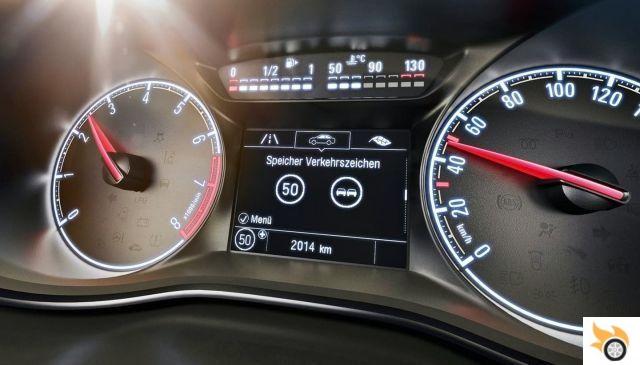
Driving at low revs in a car engine is a practice that has generated controversy in recent times. Many drivers wonder if this way of driving is good or bad, and what are the possible damages and negative effects that it can have on the vehicle. In this article, we will take a detailed look at this issue and provide relevant information so that you can make informed decisions behind the wheel.
Is low rev driving good or bad?
The answer to this question is not as simple as it seems. Driving at low revs can have certain benefits, such as lower fuel consumption and lower emissions of polluting gases. In addition, it can contribute to a smoother and more relaxed drive, especially in heavy traffic situations or on roads with low speed limits.
However, there are also damages and negative effects associated with this practice. One of the main problems is that the engine can experience increased wear due to a lack of proper lubrication. When the engine is running at low revs, the oil pressure can be insufficient to lubricate all the moving parts, which can lead to premature wear and costly breakdowns.
Another deleterious effect of driving at low revs is the buildup of debris in the exhaust system. When the engine does not reach optimum operating temperature, the exhaust gases are not completely combusted, which can lead to the formation of carbon deposits in the exhaust system. These deposits can clog the passages and reduce engine efficiency, resulting in loss of power and increased fuel consumption.
Potential breakdowns and harmful effects
Driving at low revs can have negative consequences for the engine and other vehicle components. Some of the most common breakdowns and harmful effects are:
1. Premature desgaste of the motor
As we mentioned earlier, the engine can experience increased wear when driving at low revs. Lack of proper lubrication can cause premature wear of moving parts such as pistons, connecting rods, and bearings. This can result in a decrease in power and an increase in oil consumption.
2. Carbon buildup in the exhaust system
Carbon residue buildup in the exhaust system is another common problem associated with low rev driving. These deposits can clog the passages and reduce engine efficiency, resulting in loss of power and increased fuel consumption. Additionally, soot can damage oxygen sensors and catalytic converters, which can result in decreased performance and increased polluting emissions.
3. Increased brake wear
Driving at low revs means lower speed and therefore less need for frequent braking. However, this can have a negative effect on the brakes. When driving at low revs, the brakes are used less frequently, which can lead to rust buildup on the discs and increased wear on the brake pads. This can result in reduced brake effectiveness and an increased risk of accidents.
Is it an expensive fashion?
Some drivers consider low-rev driving an expensive fad, as it can lead to increased wear and tear on the vehicle. While it is true that this practice can have negative consequences for the engine and other components of the car, it is also important to keep in mind that aggressive driving and high revs can also be harmful.
The key is to find a balance. Driving at low revs in appropriate situations, such as in heavy traffic or on roads with low speed limits, can be beneficial for fuel consumption and driving comfort. However, it is important not to abuse this practice and to ensure that the engine reaches optimum operating temperature from time to time to prevent debris build-up and premature wear issues.
Frequently Asked Questions (FAQs)
1. Is it advisable to always drive at low revs?
No, it is not advisable to always drive at low revs. While this practice can have certain benefits in terms of fuel economy and ride comfort, it is important to allow the engine to reach optimum operating temperature from time to time to prevent debris buildup and premature wear issues.
2. What are the harmful effects of driving at low revs?
Driving at low revs can have deleterious effects such as increased engine wear, carbon buildup in the exhaust system, and increased brake wear. These problems can result in decreased power, increased fuel consumption, and increased risk of breakdowns.
3. When is it advisable to drive at low revs?
Driving at low revs is recommended in heavy traffic situations or on roads with low speed limits. In these circumstances, a smooth and relaxed drive can be more comfortable and fuel efficient. However, it is important not to abuse this practice and allow the engine to reach optimum operating temperature from time to time.
Conclusion
Driving at low revs in a car engine can have both benefits and detriments. While this practice can contribute to lower fuel economy and a smoother ride, it can also lead to increased engine wear, carbon buildup in the exhaust system, and increased brake wear. It is important to find a balance and not abuse this practice, allowing the engine to reach optimum operating temperature from time to time.
Ultimately, the decision to drive at low revs or not will depend on each driver's preferences and needs. The most important thing is to make informed decisions and be aware of the possible harm and negative effects that this practice can have on the vehicle.
We hope this article has been useful and has provided you with the information you were looking for. If you have any additional questions, feel free to leave a comment below. We will be happy to help you!
Until next time!
The Pistonudos.com team


























